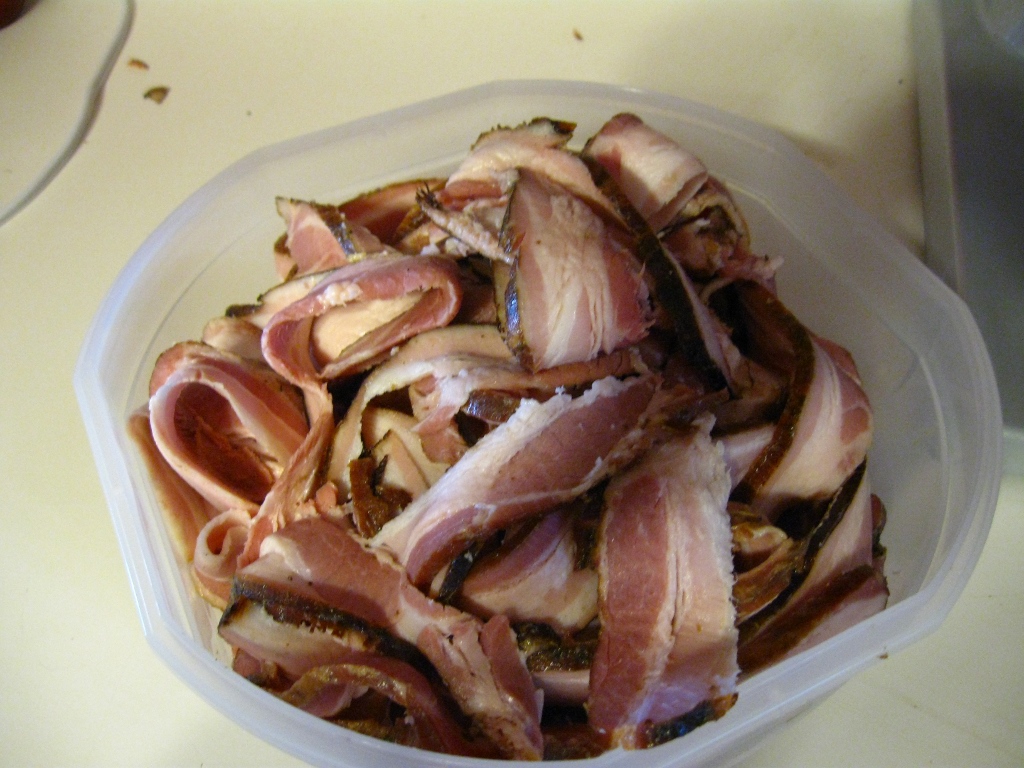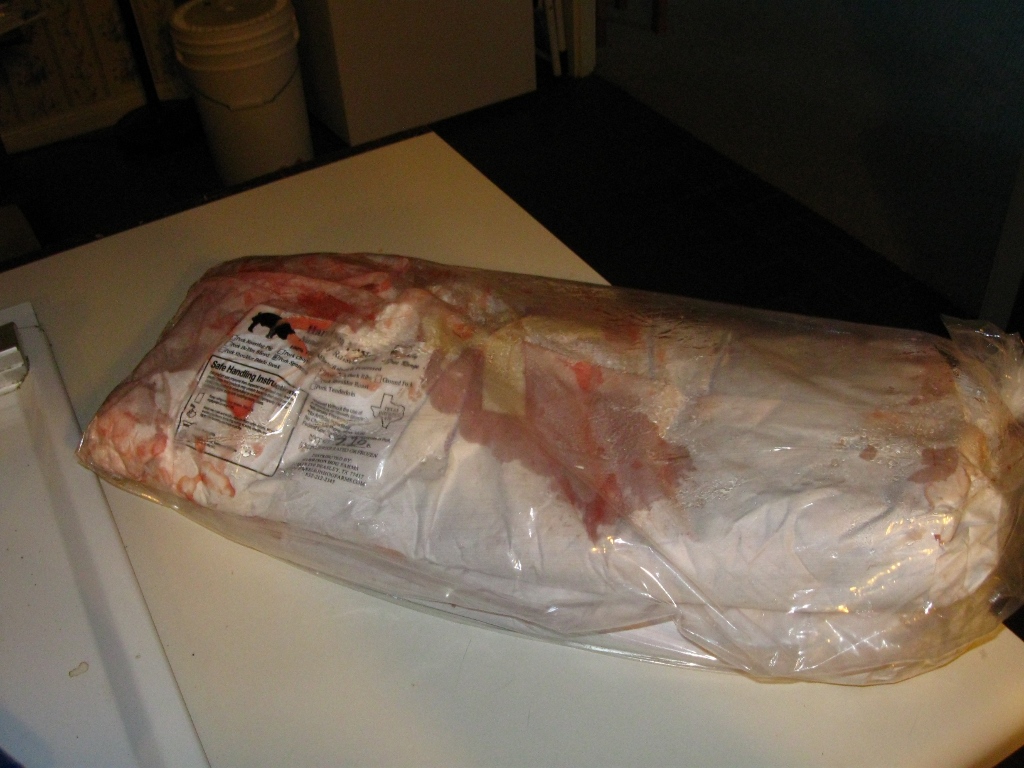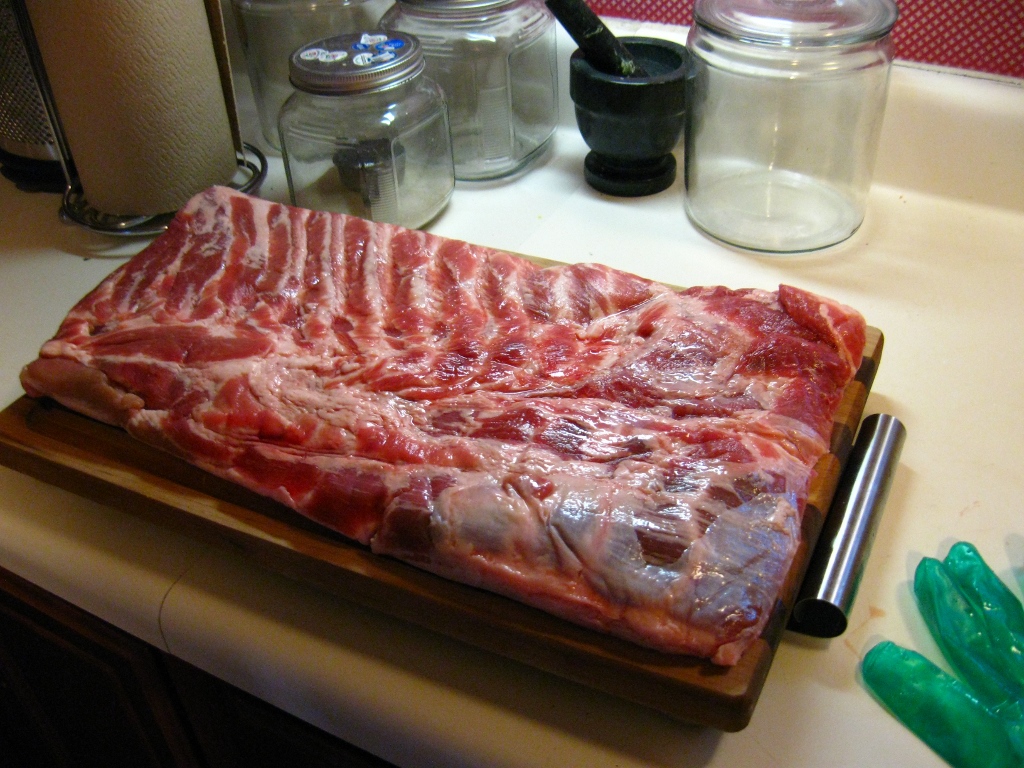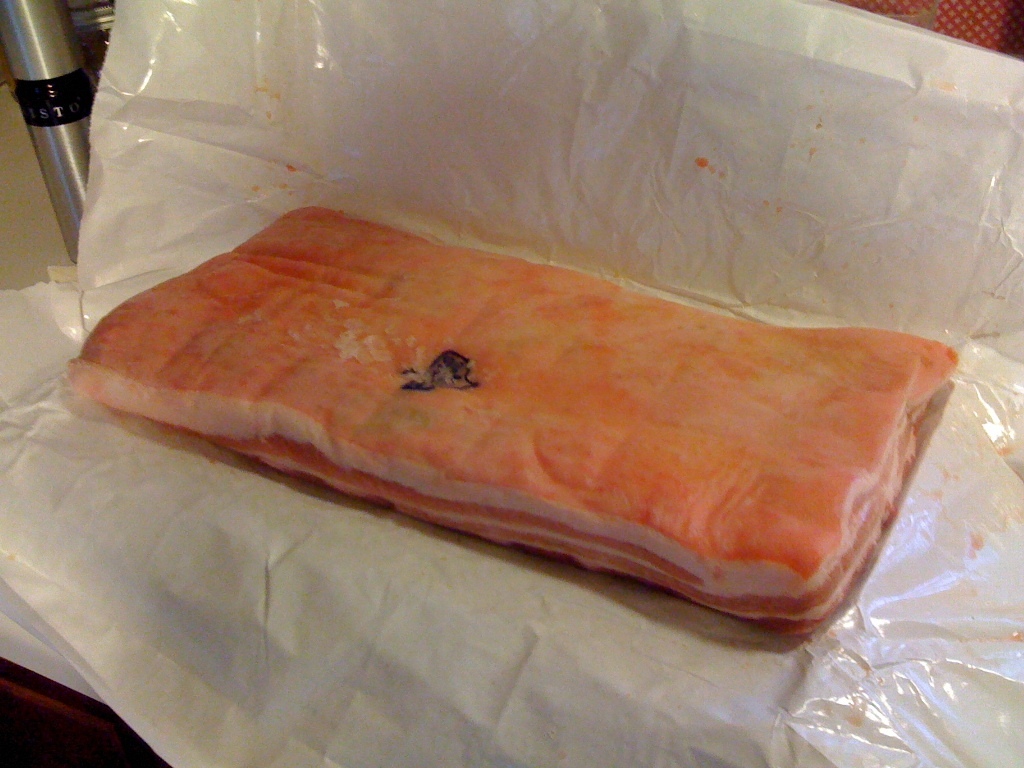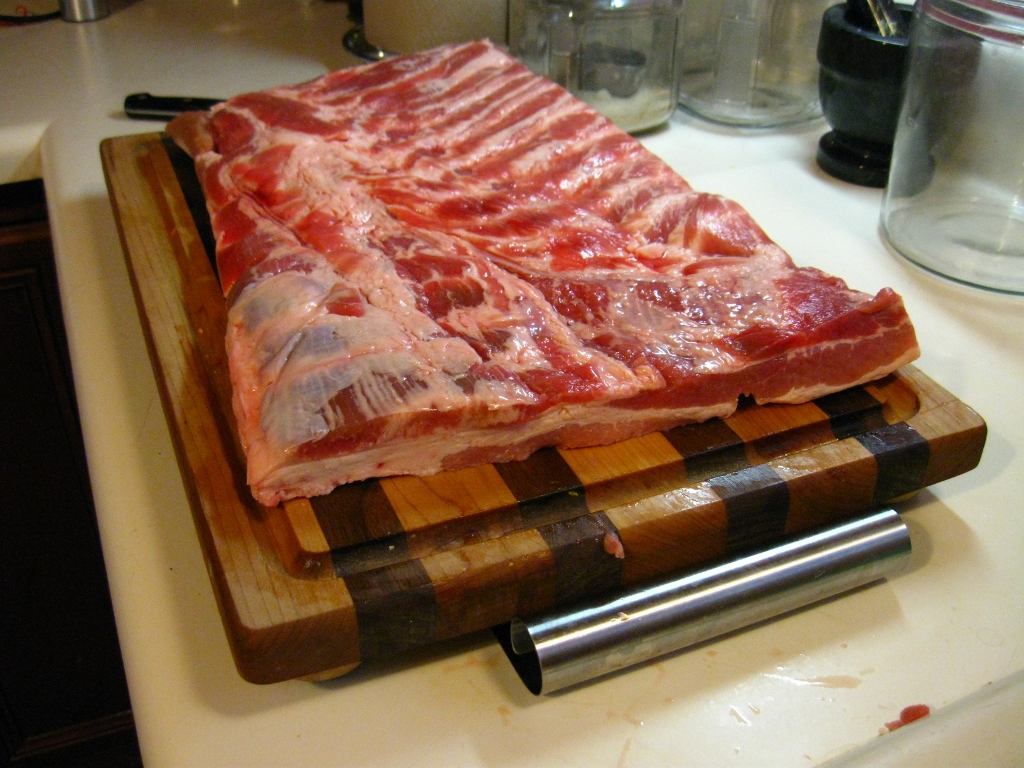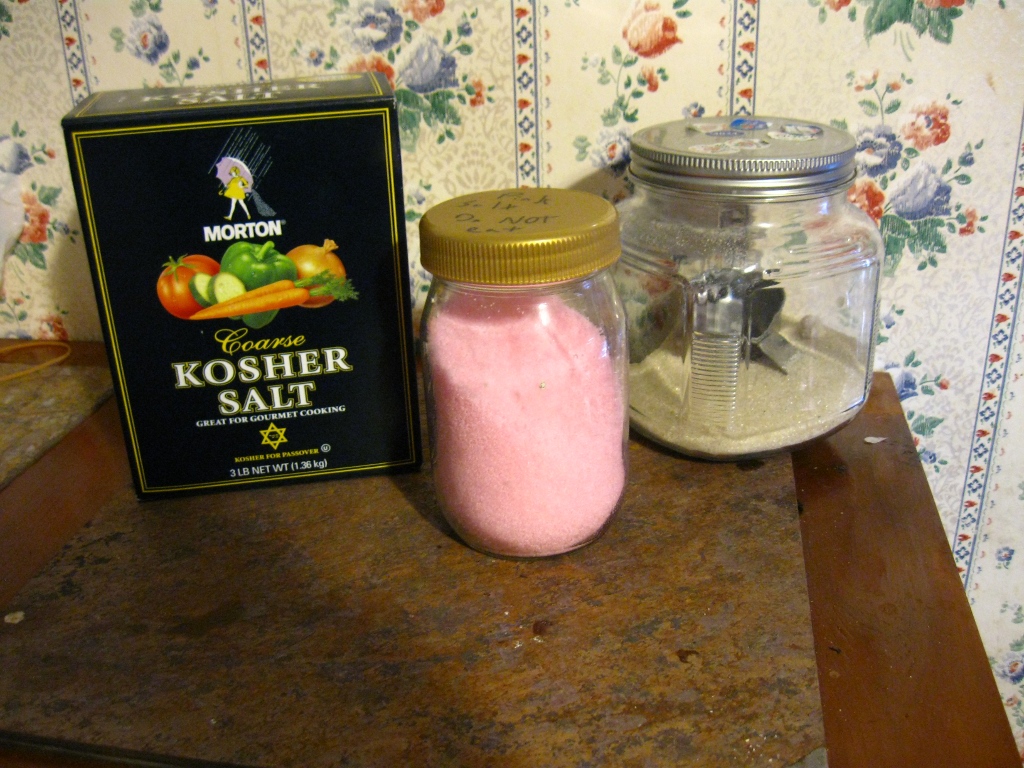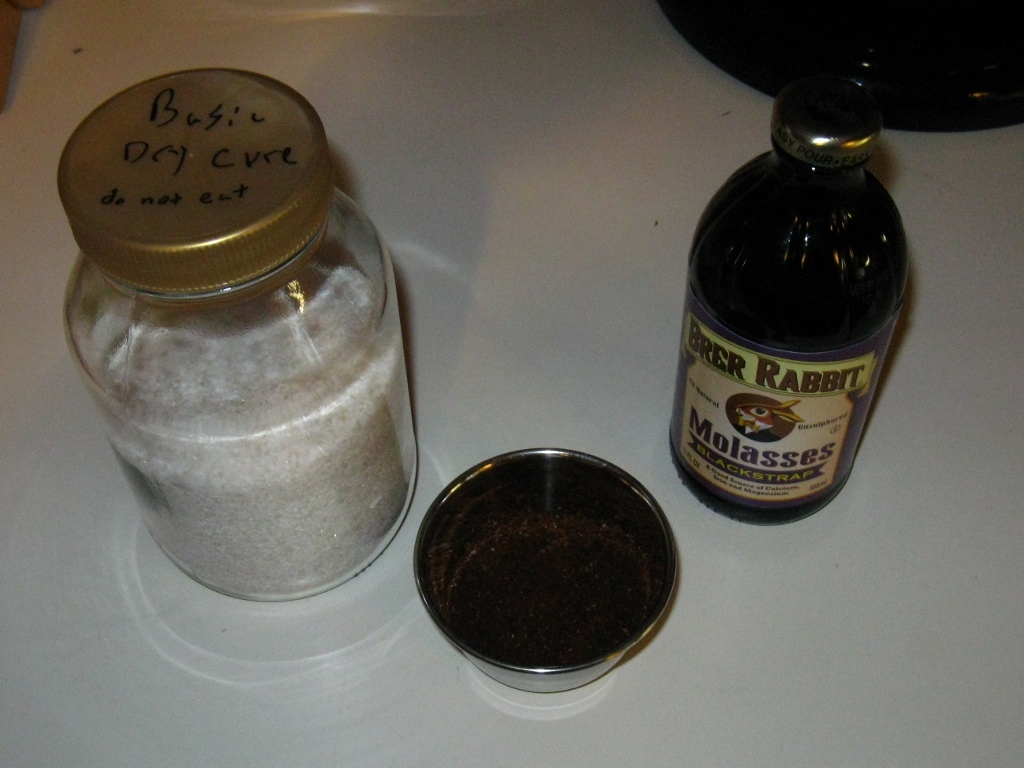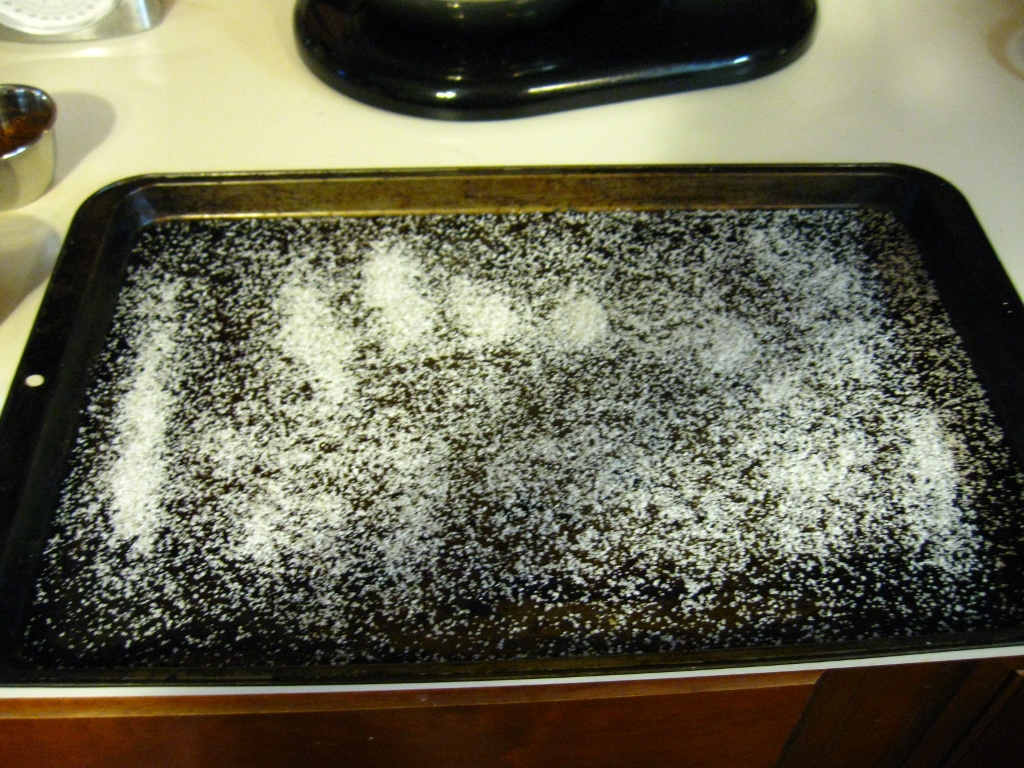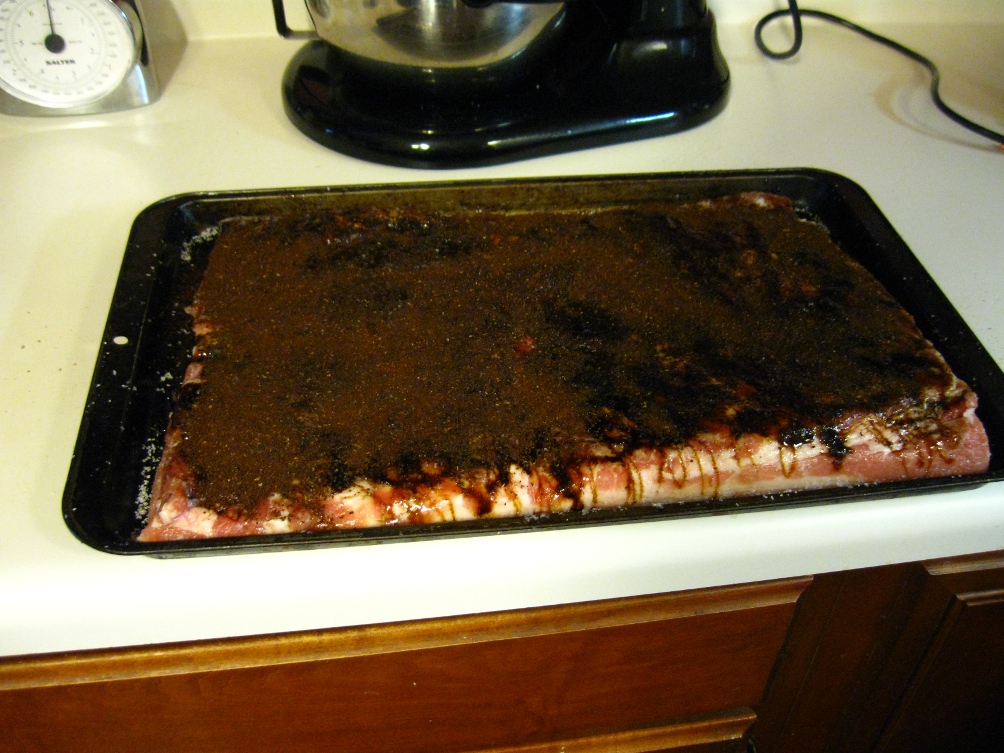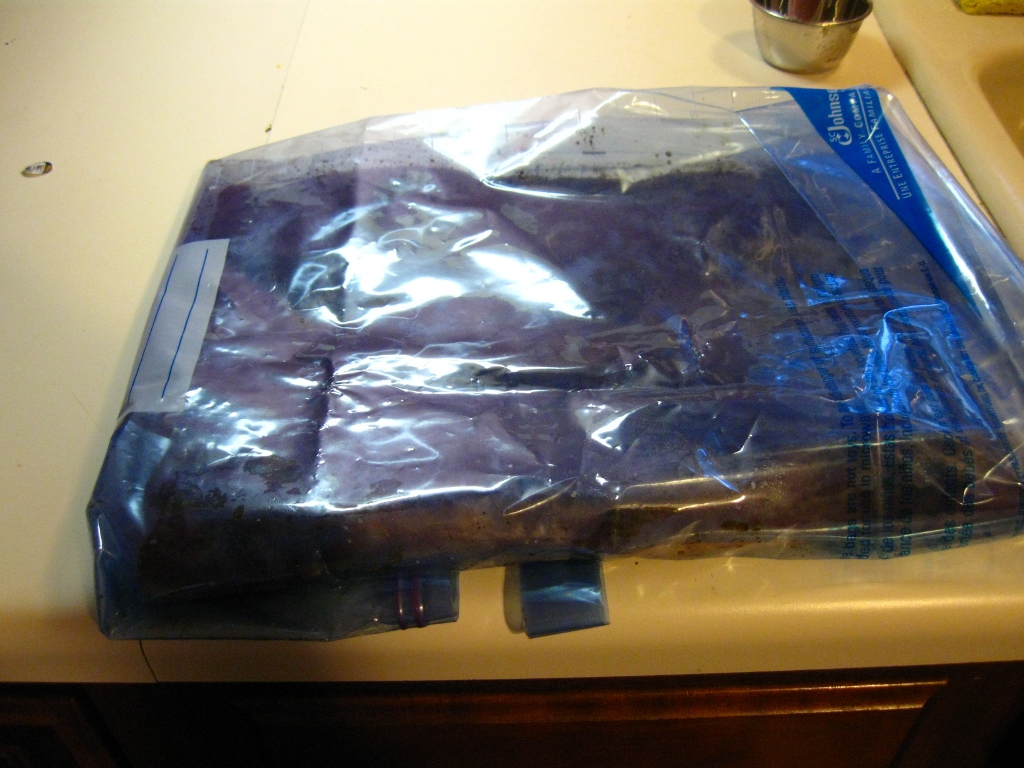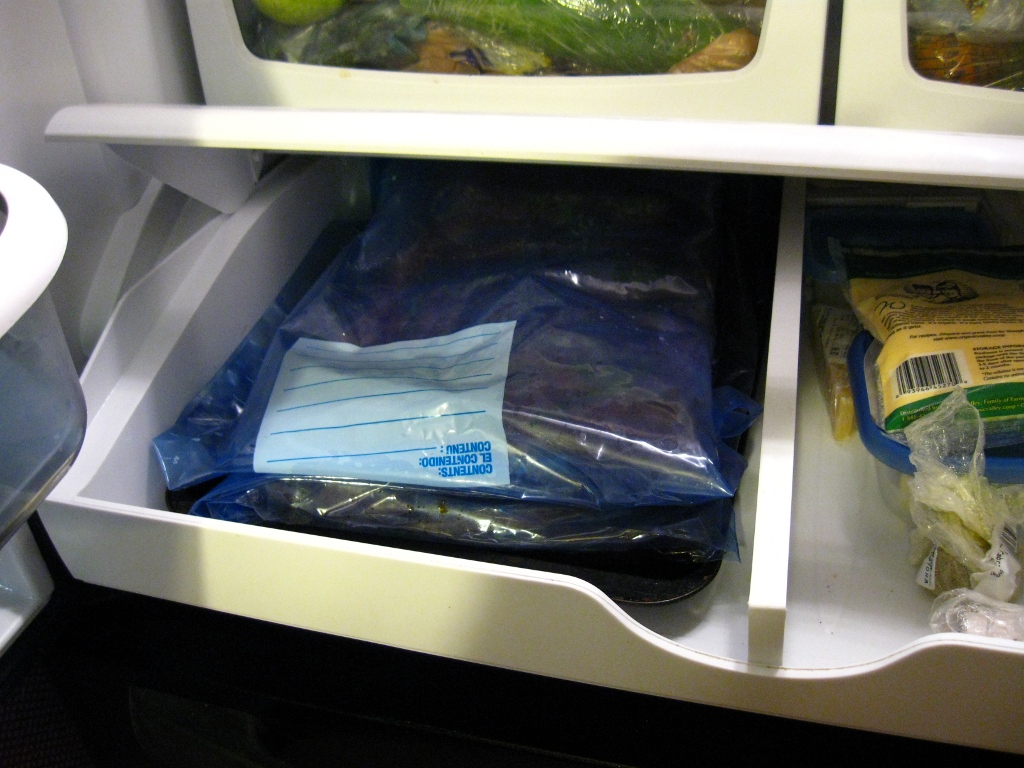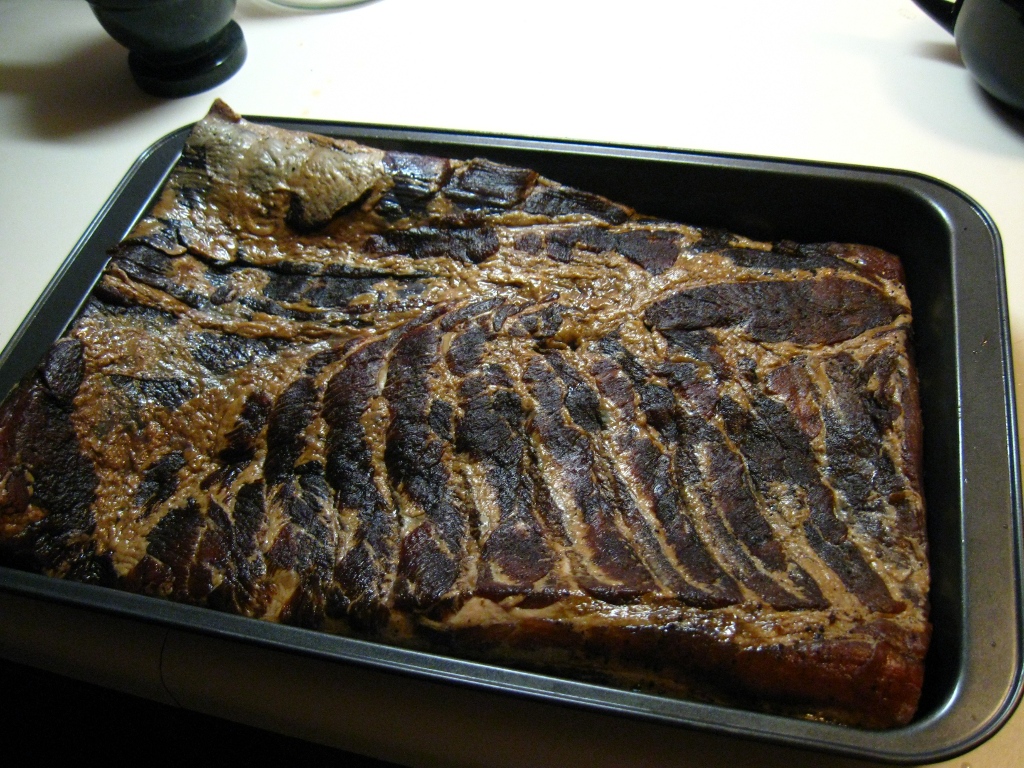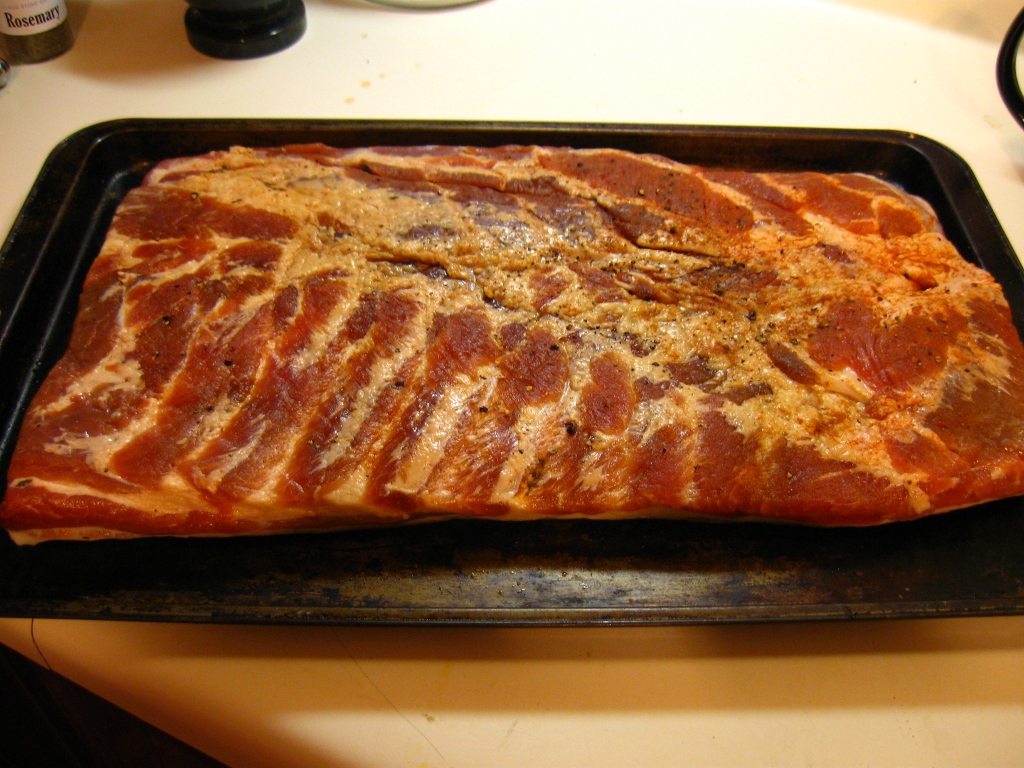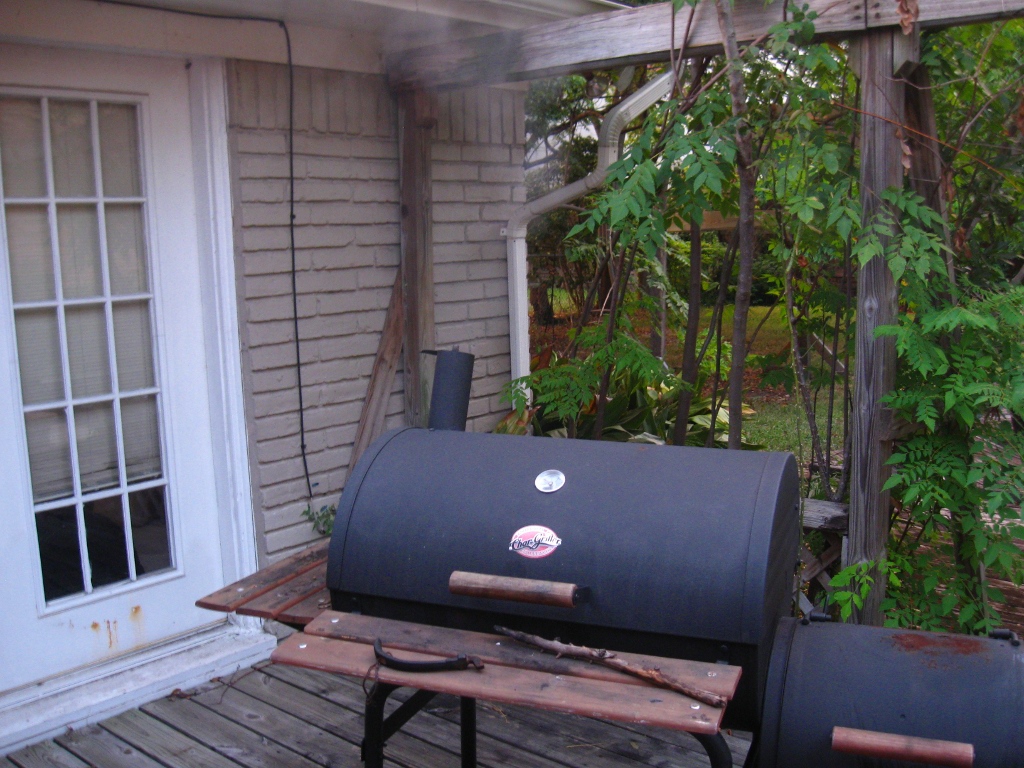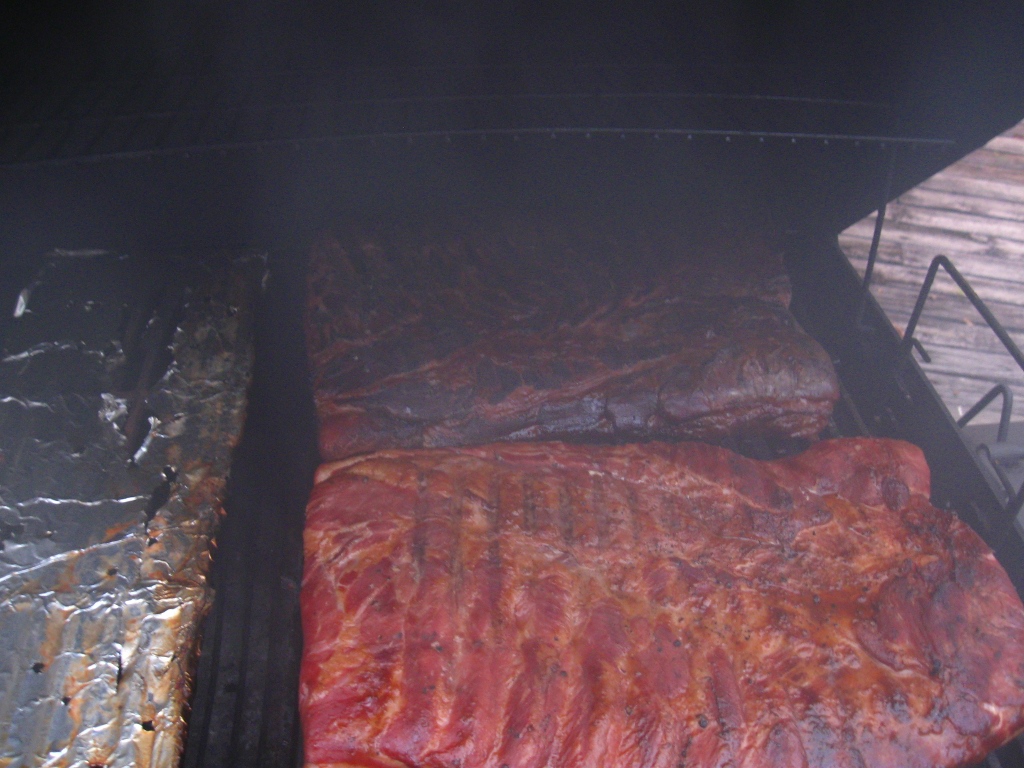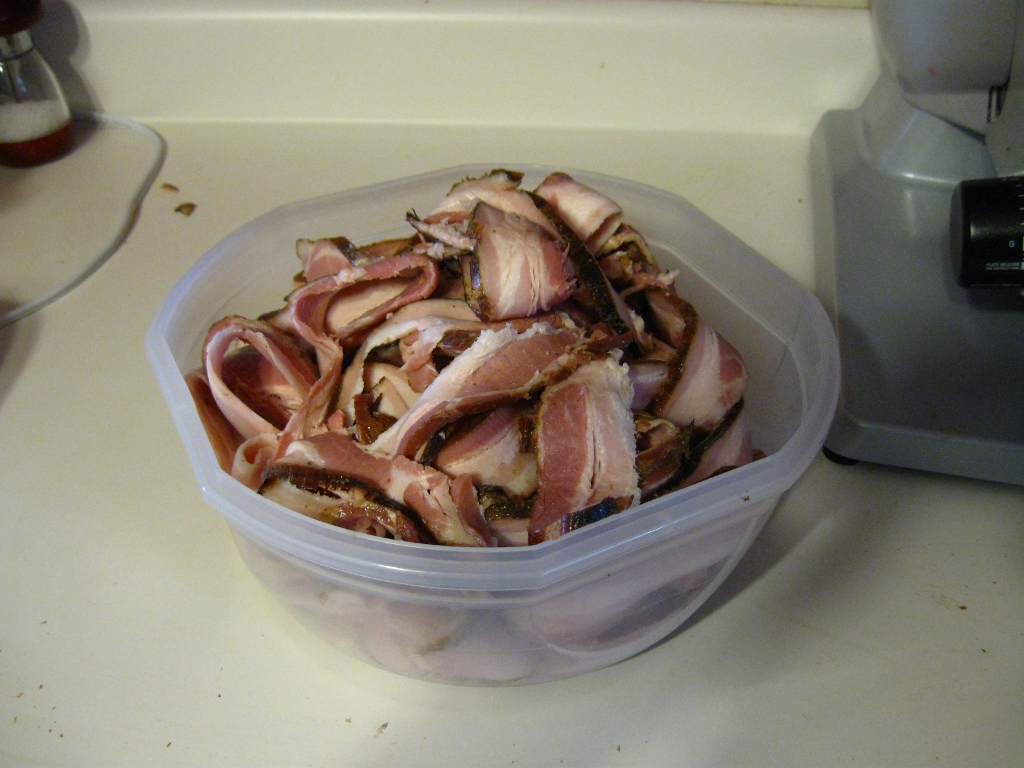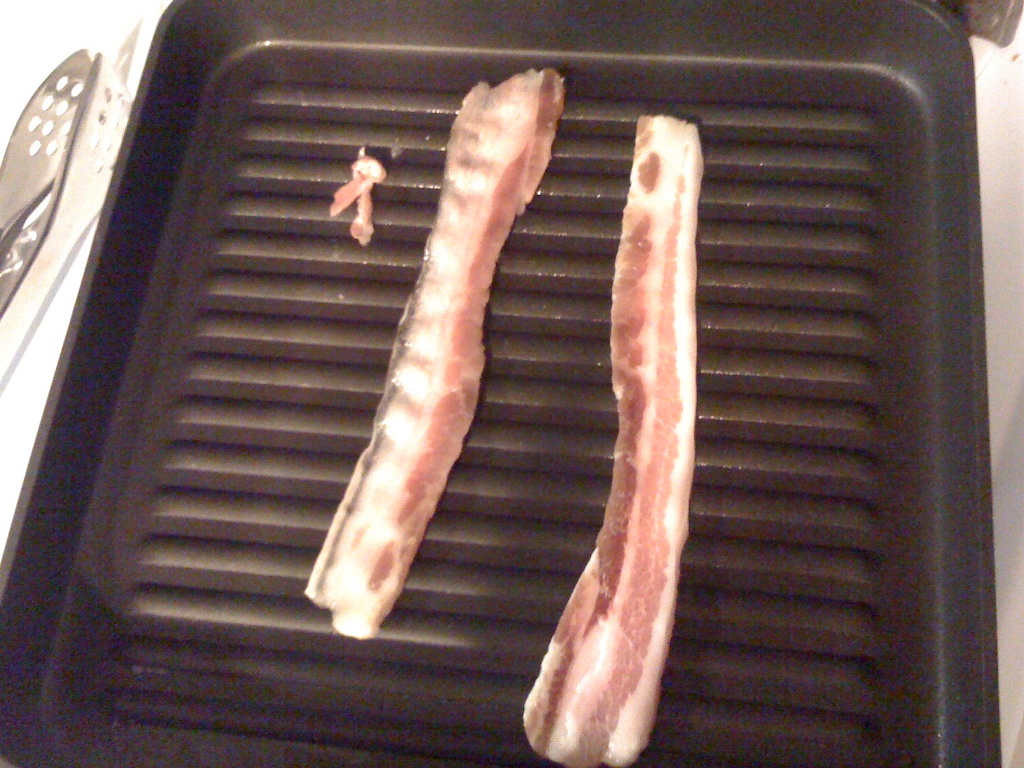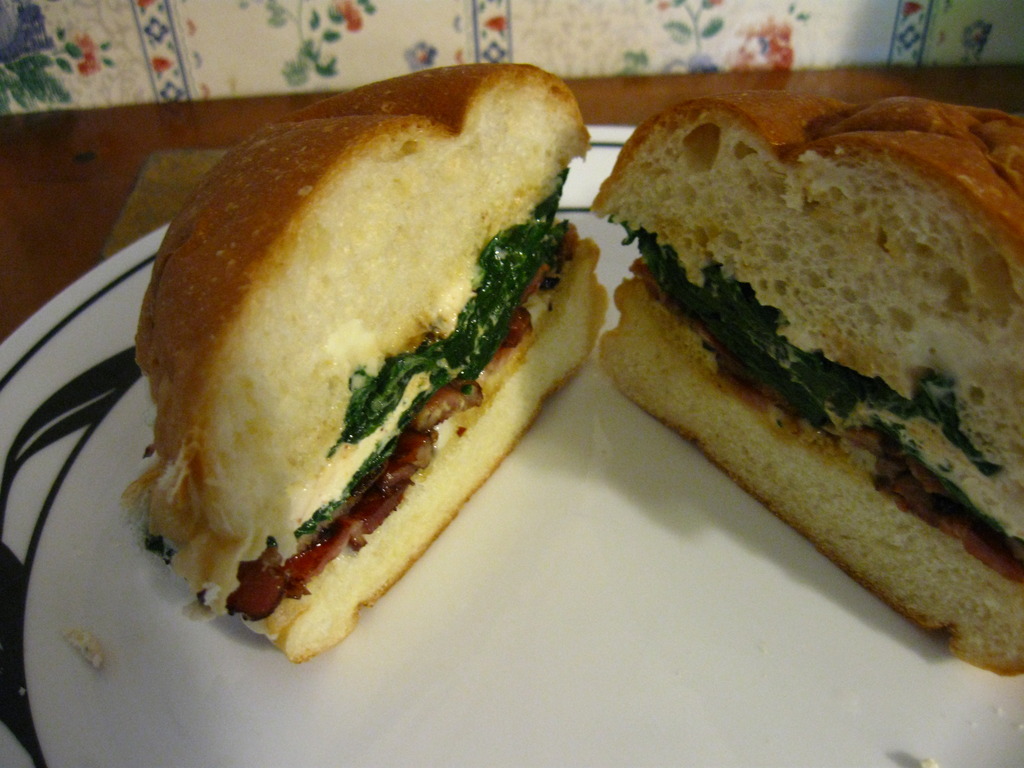Curing your own bacon from scratch is fun and not as difficult as you might think. You’ll need a whole pork belly, a few easy-to-obtain ingredients and a smoker/BBQ capable of smoking at between 150°-200°F. In this guide I show two different bacons being made; one sweet, one savory.
Before getting started take the time to thoroughly clean your work area. This project requires you to sling around rather large slabs of meat and you don’t want to run out of workspace halfway through.
If you don’t already have any dry-cure mix lying around you will need to make some now. Basic dry-cure is a mix of kosher salt, sugar and pink salt. Pink in this case refers to curing salt, which is regular table salt with 6.25% sodium nitrite added, and dyed pink for safety. This is an ingredient you cannot leave out. The hot smoking process holds the meat near the so-called “danger zone” for several hours and the nitrites prevent botulism from growing (it thrives in warm anaerobic environments like a smoker).
- To make the basic dry-cure mix use the following:
- 1 lb kosher salt
- 8 oz sugar
- 10 teaspoons pink curing salt
Stored in an airtight jar it will last pretty much forever and can be used in many other cured-meat recipes.


